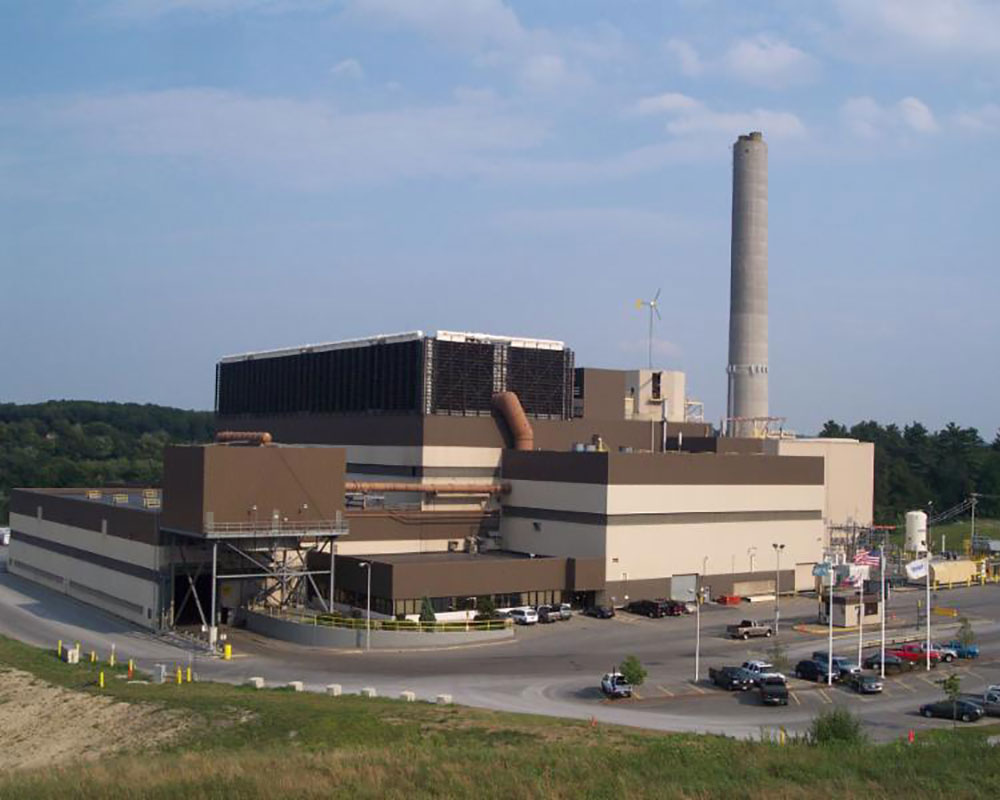Covanta’s Massachusetts waste-to-energy operations, including one in Haverhill, are voluntarily reducing releases of certain gases far below state limits and making actual data available to the public online.
According to the Massachusetts Department of Environmental Protection, Covanta raised the issue in response to Emission Control Plan permits issued by the state agency.
“Covanta has committed to reducing NOx emissions by more than 20% below the MassDEP regulatory limit and has agreed to reduce emissions of metals and dioxin to almost half of MassDEP’s emission limits for these pollutants. In addition, Covanta has agreed to install monitors to measure ammonia emissions on each waste combustor,” state environmental officials said in a statement.
In its statement, Covanta officials said, “Normally, new emission limits for an industry would need to go through a formal rule making process and would take several years to finalize. Covanta’s decision to do this voluntarily demonstrates its commitment to continuously improving operations while providing transparency for communities and stakeholders.”
“We are proud to partner with the Commonwealth to help achieve lower limits expeditiously. This coupled with the release of our emissions data to the public online demonstrates our commitment to transparency and operational excellence,” said Derek Veenhof, executive vice president and chief operating officer at Covanta. “Waste-to-Energy facilities hold an important role in meeting the state’s climate goals, preventing waste from being buried in methane-producing landfills and reducing greenhouse gases emitted into the atmosphere that contributes to global warming.”
New Massachusetts limits, that went into effect in 2018, apply to nitrogen oxides and air toxics, including lead, cadmium, mercury and dioxins at Covanta’s plants in Haverhill and West Wareham, where it operates the Southeastern Massachusetts Resource Recovery Facility. NOx emissions are lung irritants and may pose severe risks to public health, including their contribution to the formation of harmful ground level ozone, or smog, which can increase susceptibility to and exacerbate respiratory ailments and illnesses such as asthma.
Ammonia emissions can contribute to the formation of fine particulate matter, known as PM2.5. Ammonia monitors ensure that Covanta will achieve and maintain the lowest ammonia emissions.
Waste-to-energy is recognized internationally as cutting greenhouse gases because it diverts waste from landfills, a major source of methane, a greenhouse gas 84 times more potent than carbon dioxide. Scientists have estimated that each ton of waste diverted from landfill to waste-to-energy facilities reduces life-cycle greenhouse gas emissions by one ton.
Combined, Covanta Haverhill and Covanta SEMASS process more than 1.7 million tons of waste annually, which is equivalent to avoiding more than 1.6 million tons of greenhouse gases by keeping waste out of landfills.
State officials said the two plants are in “Environmental Justice” communities, which have “historically experienced disparate impact from air pollution, and these commitments from Covanta are an important step toward assuring clean air for area residents.”

